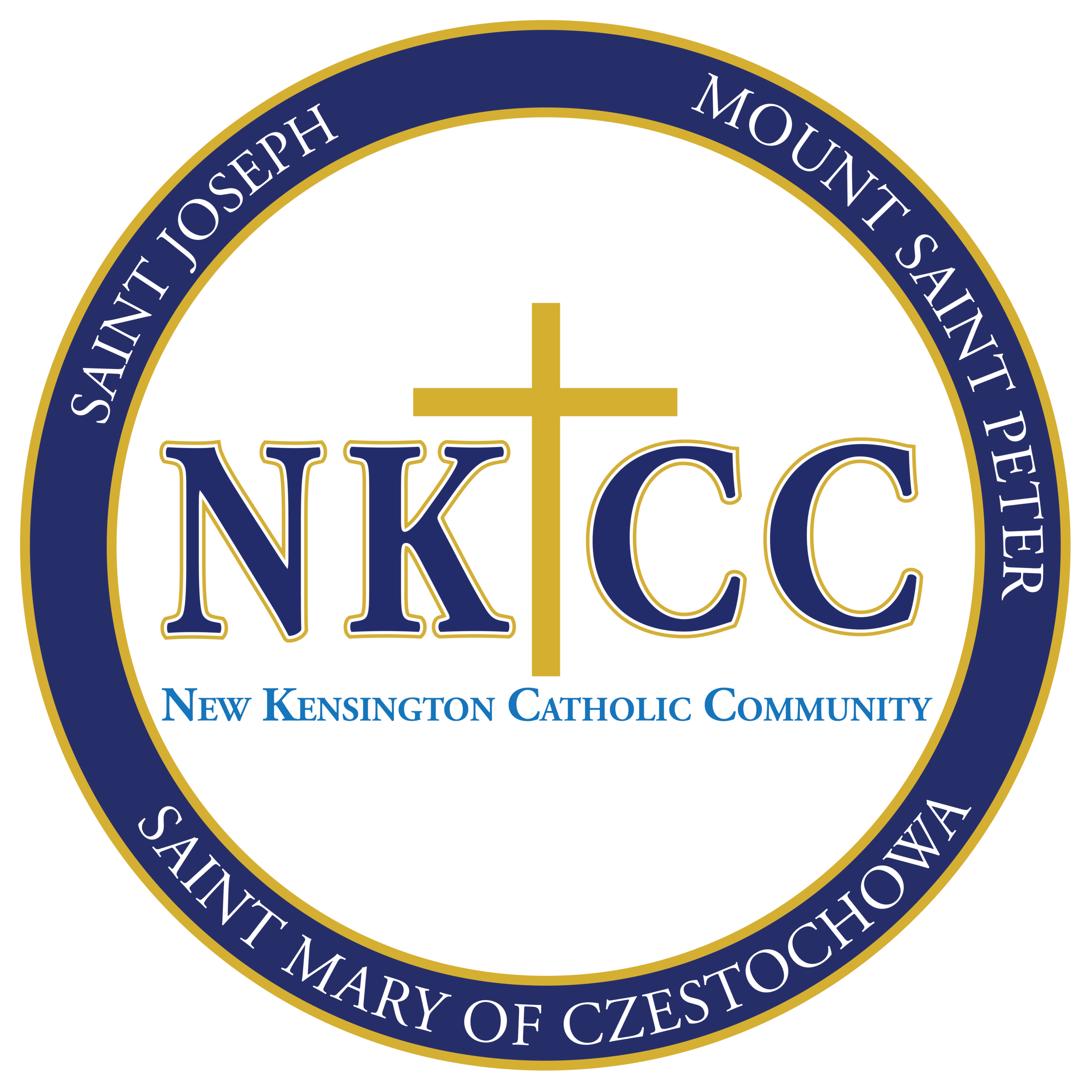Confirmation
History
Although the role of the Holy Spirit in Christian initiation is clearly testified in the Scriptures, there is no record of a particular rite of confirmation. Similarly, the early Christians left no evidence about their specific understanding of a rite of confirmation, although there is some testimony that the bishop used the same oil during the initiation rites.
By the fifth century, the connection was made between anointing and the coming of the Holy Spirit. However, at that time, the anointing happened in conjunction with the water bath and the celebration of the Eucharist - the three rites of initiation. As Christianity spread, the rites of initiation were not celebrated uniformly from place to place. Eventually separate rites of baptism with water, confirmation and first Communion developed.
Theology
The Sacrament of confirmation is the second Sacrament of Initiation, following Baptism. It essentially consists of a prayer to call down the Holy Spirit and an anointing with sacred Chrism. Through this Sacrament, a Christian is given strength and promised the gifts of the Holy Spirit to live out the baptismal responsibilities. The Sacrament of confirmation complements baptism, while both lead to the Eucharist. The faithful are born anew in baptism, strengthened by confirmation and sustained by the Eucharist.
Youth Preparation for the Sacrament of Confirmation
Preparation for the Sacrament of Confirmation occurs gradually over the years following the celebration of First Holy Communion. Children and their parents are invited to claim anew these gifts of God’s love, first given in Baptism and confirmed again in the Sacrament of the Spirit. The Sacrament of Confirmation is celebrated according to the Bishop’s schedule.
The following links are provided for those parents and children who are preparing for the Sacrament of Confirmation at the parishes in New Kensington.


